Preamble
co·da
[ˈkōdə]
NOUN
- the concluding passage of a piece or movement, typically forming an addition to the basic structure.
- the concluding section of a dance, especially of a pas de deux, or the finale of a ballet in which the dancers parade before the audience.
- a concluding event, remark, or section
Well, this will likely be the final battle report I file for Firestorm Red Thunder. My son and I played another game tonight - I picked up some new terrain and finally got my mat in, so we re-worked the table just a bit, rolled for a mission, and went from there. He still seems to be enjoying the game and used a Marvin the Martian head to denote his force commander - hence his handle for this game. I'm going to have to update his forces a bit so they'll be more competitive going forward, but I have the vehicles to do part of it. I'm also hoping when Stripes comes out that we'll be able to flesh out his force a bit more as well.
I really enjoyed the style I used last time for the battle report, so I figured I'd go with it again because it was fun to do. So welcome to another chapter, but not the final chapter by any measure!
Excerpts from "A History of the Third World War" by...
Chapter 8 - The American Offensive Stalls in the DDR
Once more unto the breach, dear friends, once more;
Or close the wall up with our English dead.
In peace there's nothing so becomes a man
As modest stillness and humility;
But when the blast of war blows in our ears,
Then imitate the action of the tiger. . . .
Or close the wall up with our English dead.
In peace there's nothing so becomes a man
As modest stillness and humility;
But when the blast of war blows in our ears,
Then imitate the action of the tiger. . . .
- King Henry - Henry The Fifth Act 3, scene 1, 1–6
The American offensive through the Hof Corridor using POMCUS (Prepositioning Of Materiel Configured in Unit Sets) forces in the second week of the war took the Soviets and East Germans completely by surprise. American armored and mechanized divisions were able to open a gap and pour across the Inner German Border, or innerdeutsche Grenze, driving on Leipzig with an eye to open a corridor to Berlin itself. The American high command was, however, equally unprepared for the ferocity of the Warsaw Pack counter-attack and soon found themselves engaged on all sides as Soviet, East German, and even the occasional Polish unit attempted to reduce the Leipzig Salient as it came to be known...
In addition to the prestige of driving into Warsaw Pact territory and opening a corridor to Berlin, the Americans sought to neutralize the Soviet SAM batteries which were prevalent in that part of East Germany. Leipzig effectively marked the eastern boundary of one of the primary SAM umbrellas. Unfortunately making it that far prevented the Americans from making any further meaningful contributions on other fronts of the war as Hannover continued to be squeezed in a pocket. Eventually the city would...
A small town near Halle served as the setting for one of many spectacular reversals of fortune encountered by the Americans in East Germany. Their counterattack in the area was designed to push the East Germans off balance, but they were dealing with the elite of the NVA, or Nationale Volksarmee, in the 9. Panzer Division "Heinz Hoffmann." At this point in the war, the East German commanders were ruthless - willing to take severe casualties in order to crush the American offensive. However, attrition levels would eventually...
The East Germans focused their forces on two key assets in the town, a ford across the local river, and the rail yard. Expecting the Americans to focus their effort on the rail yard, the NVA forces were well positioned to cut off any advance in that area. They also knew that they could rely on reinforcement from the direction of the town as well - it was just a matter of holding off long enough to force the Americans back.
Much ink has been spent analyzing the American offensive into East German with many sources, mostly British, declaring it at best a "reckless misadventure" and at worst "fatal hubris." However, careful analysis shows that the Americans were not quite so reckless as some analysis would indicate. They attempted to husband their resources, and individual commanders generally showed a coolness under fire that belied the overall worsening strategic situation. It would be these commanders which would ultimately...
In fact, it would often be the East German commanders showing more reckless behavior. Of course, weight of numbers was generally their only advantage. Despite showing better discipline than some of their Soviet counterparts, the NVA went to battle in tanks that in many ways were inferior to their Soviet counterparts both in protection and armament. NATO tanks were in every way more mobile and could put more shots downrange moving or at a standstill. Warsaw Pact commanders, especially in NSWP (Non-Soviet Warsaw Pact) forces, therefore had to play numbers games with the lives of their troops - sacrificing some to allow others to be in a favorable position to defeat the enemy.
The net result is that the first echelon troops were burned through very quickly, forcing the commitment of...
In this particular battle, the American commander's tactical grasp of the situation was excellent, and he quickly realized that the ford was the better target to attack. The East German commander was therefore forced to throw weight of armor against the Americans to keep them pinned down until additional help could be redeployed from the rail yard. However, the American continued to use his mobility to his advantage - first moving up mechanized infantry to take over a Party Official's house near the ford, while simultaneously attacking the NVA artillery battery and wiping out a short company of T-72 tanks.
The NVA commander near Halle did his level best to make good use of the terrain and put his panzers in a position to force back the Americans, but his T-72s simply lacked the mobility of the American Abrams, and many of them found themselves bogged down in soft ground in wooded areas dotting the region. This opened a window of opportunity for the Americans to seize the ford and force the NVA out of the area. This would have opened the road to Leipzig...
“A piece of spaghetti or a military unit can only be led from the front end.”
― George S. Patton Jr.
The M1 Abrams tank was a quantum leap forward in military technology for the U.S. Army, but there were always too few at the point of attack to bring home any lasting victory, and so it was near Halle as well. The American commander was able to keep the flanking NVA armor at bay with Copperhead rounds from his M109 howitzers, while his surviving Abrams tanks and the infantry pushed the assault on the ford home, but it always went back to the numbers game. At this point in the war there seemed to be an inexhaustible supply of Warsaw Pact men and materiel. Later on...
... and yet the Americans did have a chance to secure at least a tactical victory in this battle. Two surviving Abrams tanks supported by mechanized infantry reached the ford and found themselves at close range with the remaining T-72 tanks supported by a couple of T-55s. Uncharacteristically, the American gunnery failed at this point, and despite outflanking the NVA to the rear, the commander's tank was ultimately destroyed.
So the end result was like so many in the region which saw brave Americans killed or captured. The surviving American infantry in the Party Official's house were captured and sent off to POW camps. It was only after the war that...
Final, Final Notes and Battle Honors
If the American dice hadn't suddenly gone very cold, I firmly believe my son would have pushed me off of the objective and I would have had to scramble to try and take it back. When his two Abrams finally busted through with infantry support, I thought he might have it, but then he missed literally everything, but he was a great sport about it.
Wrapping it all up...
故兵貴勝 不貴久
"What is essential in war is victory, not prolonged operations."
- Sun Tzu
So this is it - the final battle report I'm likely to have for Firestorm Red Thunder. Overall I've found this campaign to be a lot of fun, and a great learning experience - not just about the Team Yankee game, but about Cold War history and weapon systems as well. When I've played previous incarnations of Flames of War, I've often been the expert - especially on all things German. This time around it was nice to play the role of the avid student.
Thank Yous
First I'd like to thank Battlefront, especially Phil Yates, and the Beasts of War Crew for putting together a great campaign and system!
I'd also like to thank my co-generals on the Warsaw Pact Team, Red Alert and Alexei - along with the whole Pact crew for many great battles and discussions on the faction forum!
I'd like to thank my friends in the local gaming group at Guardian games, especially Ryan, Barca, and Zeke for use of their armies in the early days, and their support (and occasional indulgence) as the campaign progressed.
Thanks also to the American, West German, and British commanders for rallying your troops and for many outstanding battle reports!
I was in high school during 1985, and was in undergraduate school with the Berlin Wall fell and later when the Soviet Union dissolved. As fun as the Team Yankee wargame is, and as mentally stimulating as considering various cold war gone hot scenarios is, quite frankly I'm glad the Cold War ended as it did rather than what we're playing on the table. So in keeping with the theme of this report - I leave you with a song that appeared at the right time... feel free to bring out the lighters!
Until next time, this is General Fingolfen, Warsaw Pact Liaison signing off...
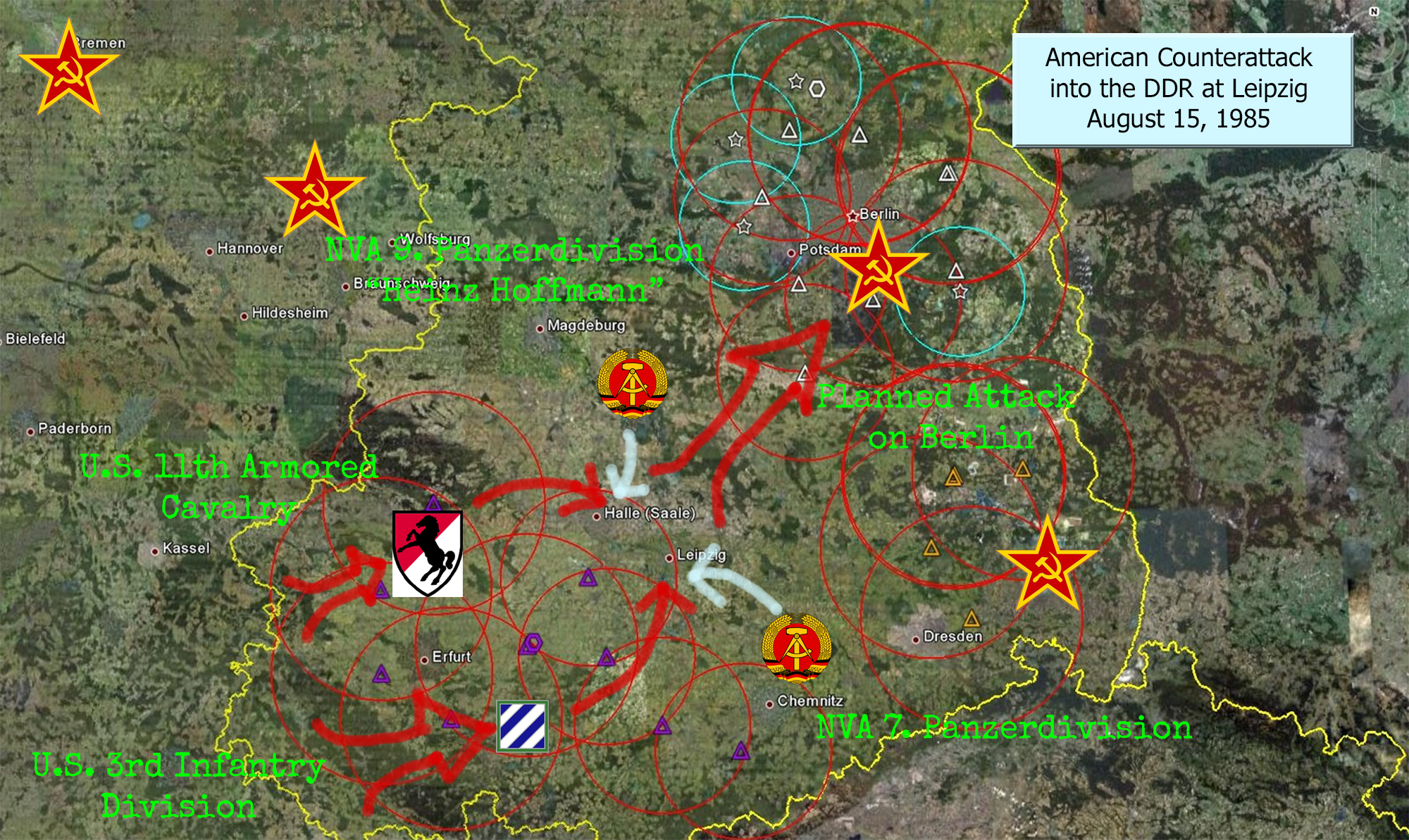

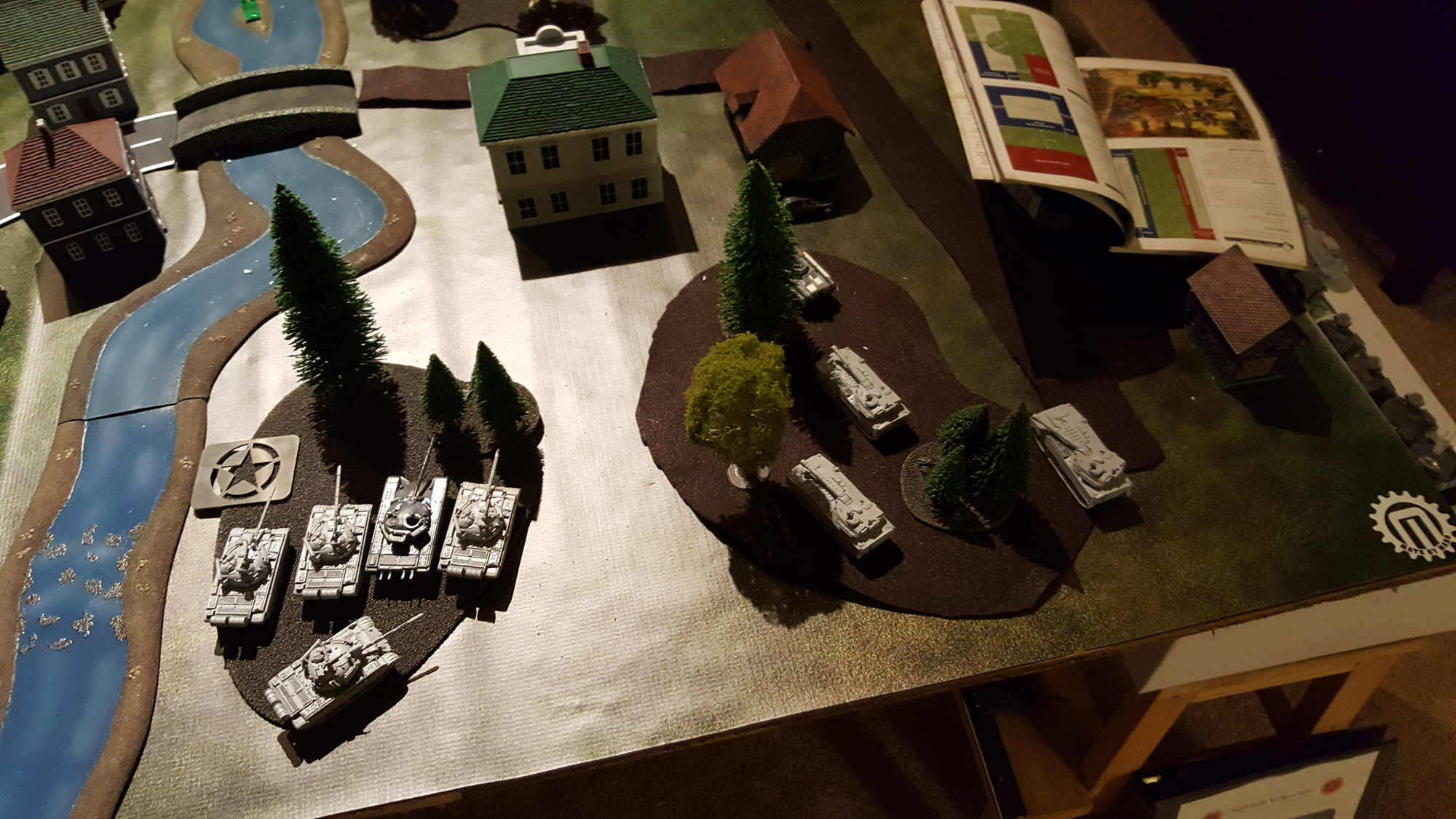
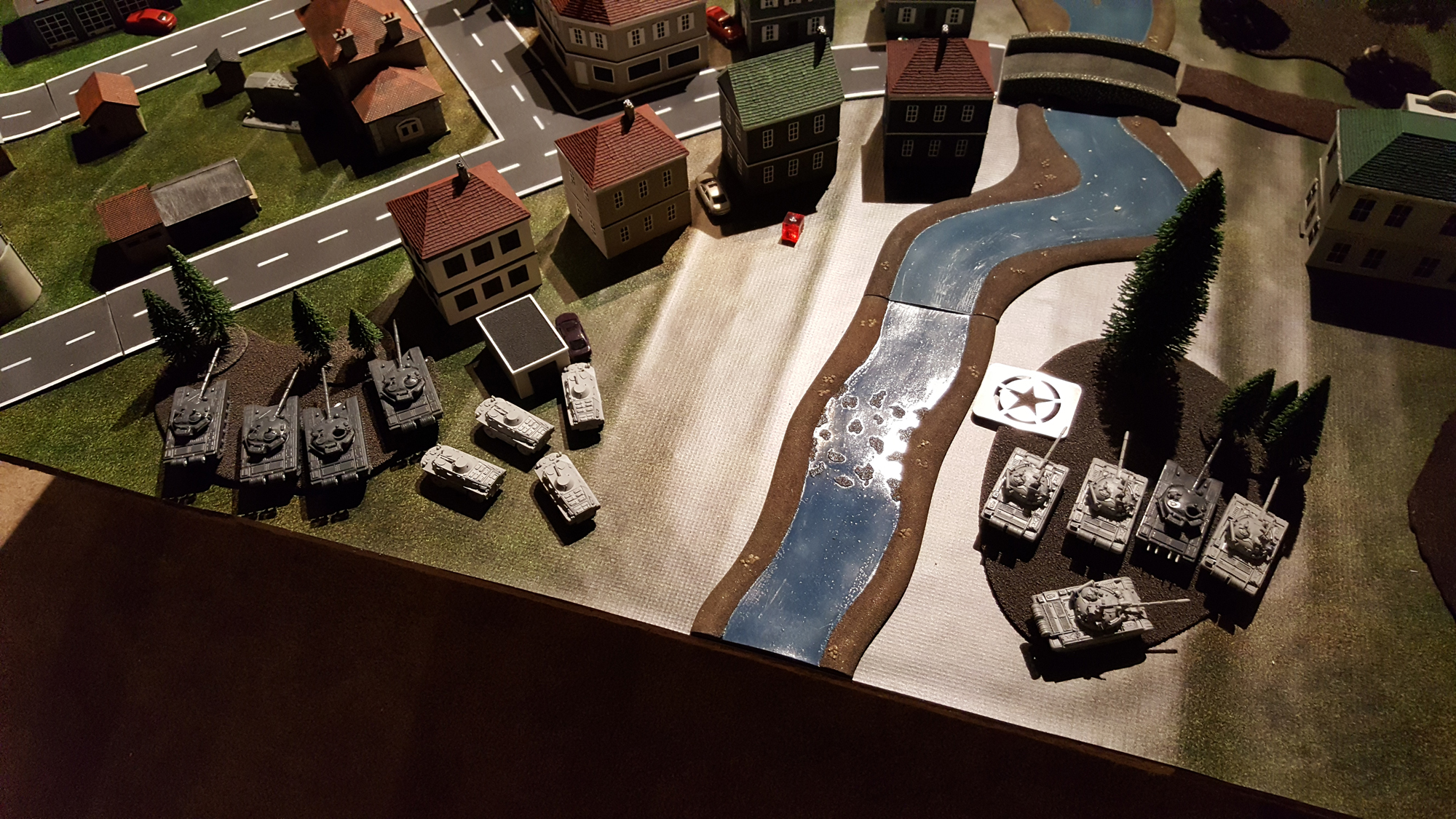
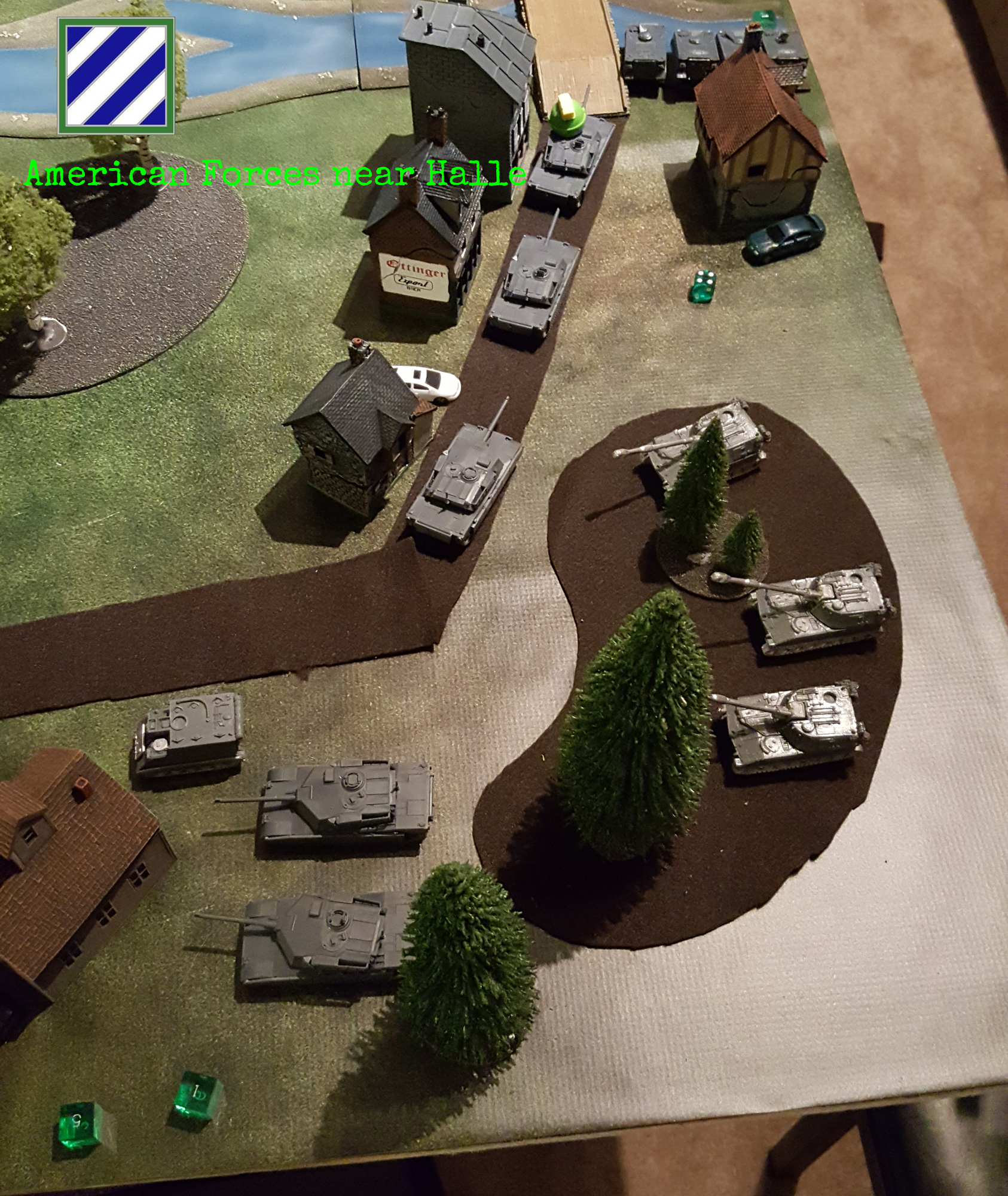
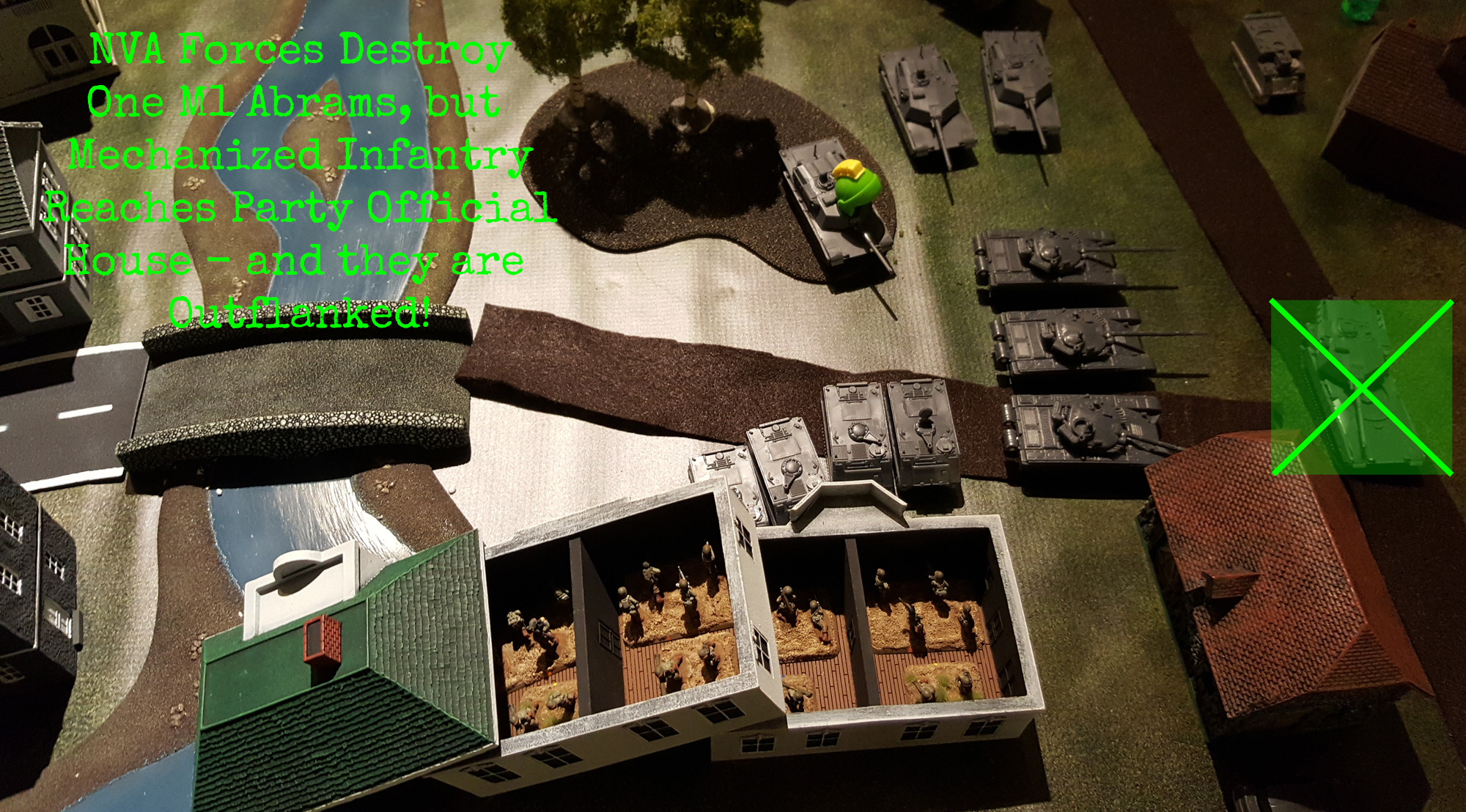

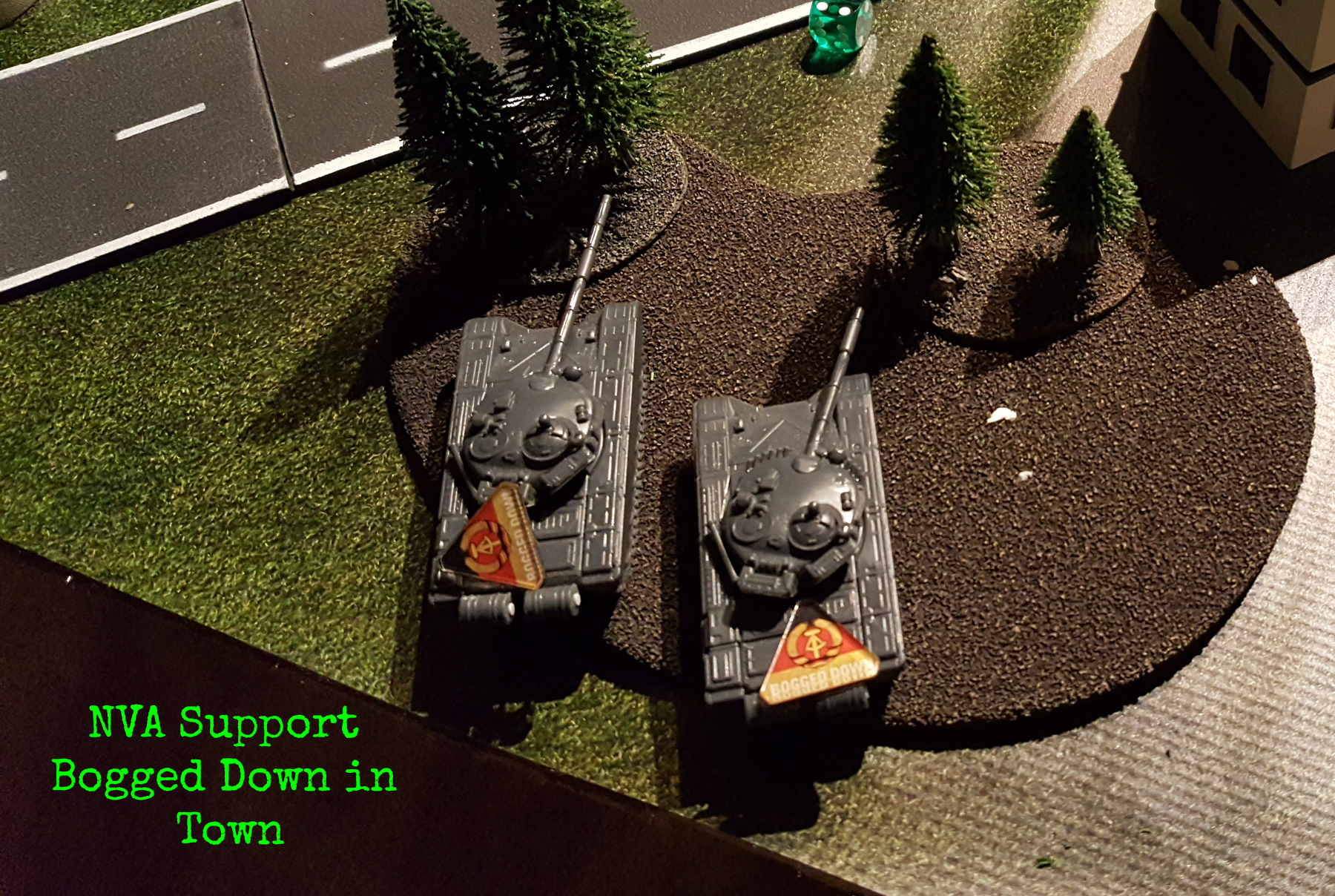
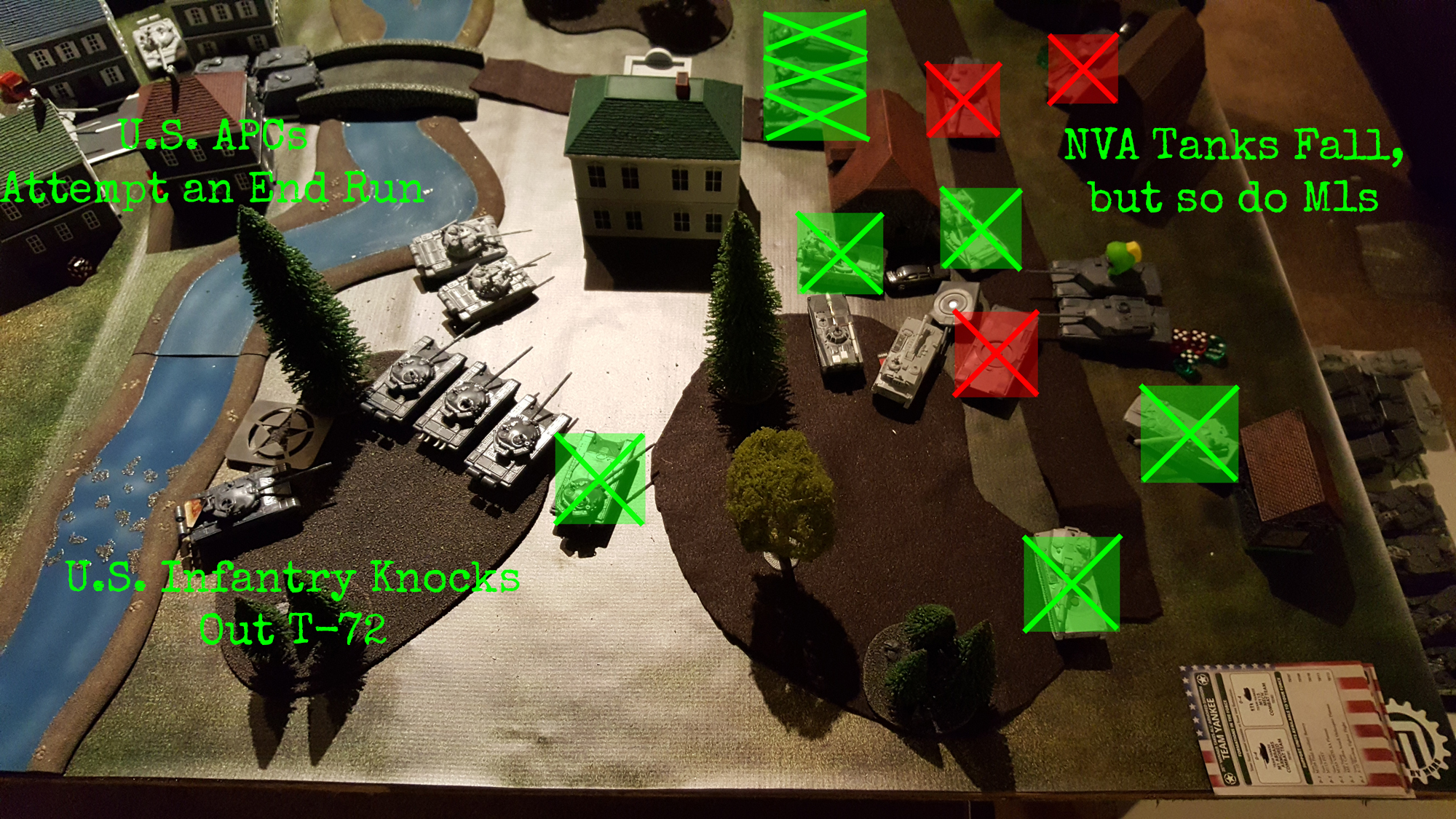

No comments:
Post a Comment